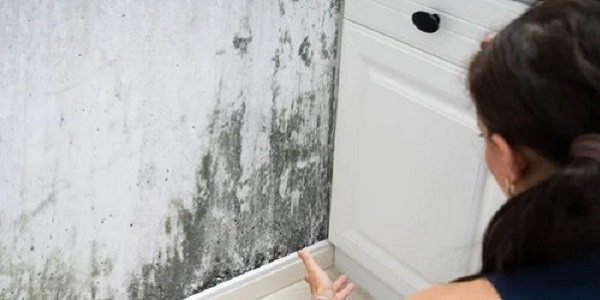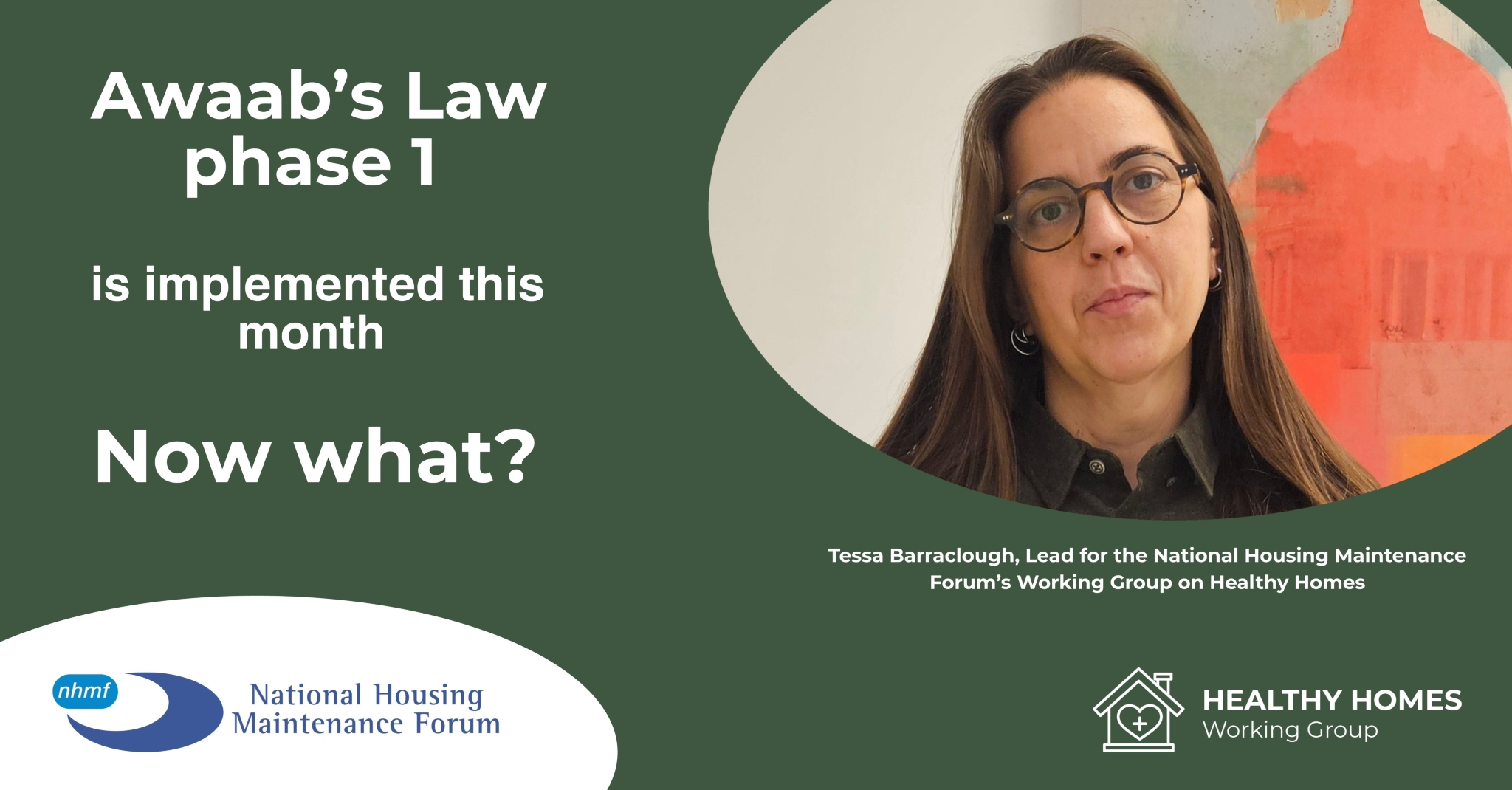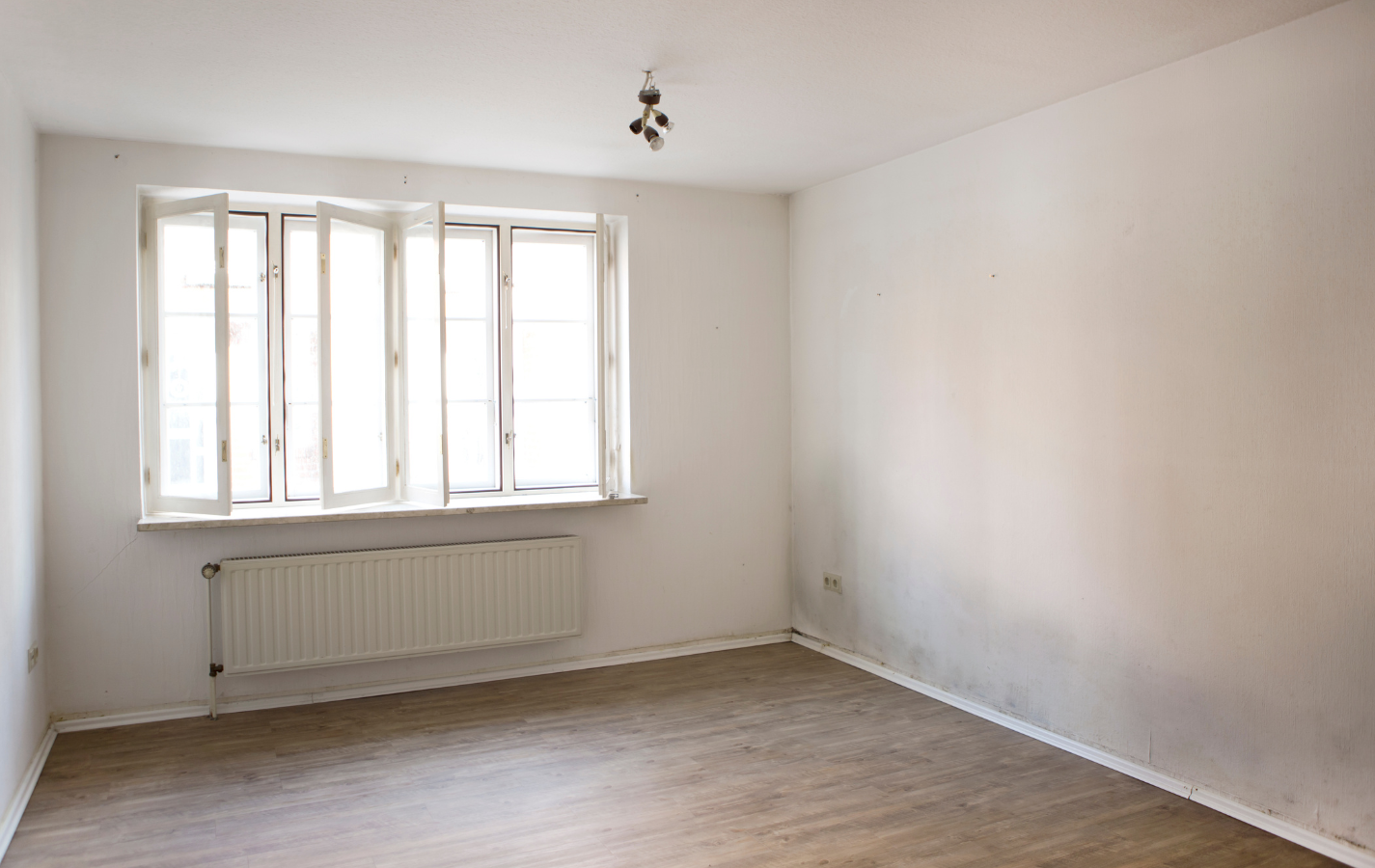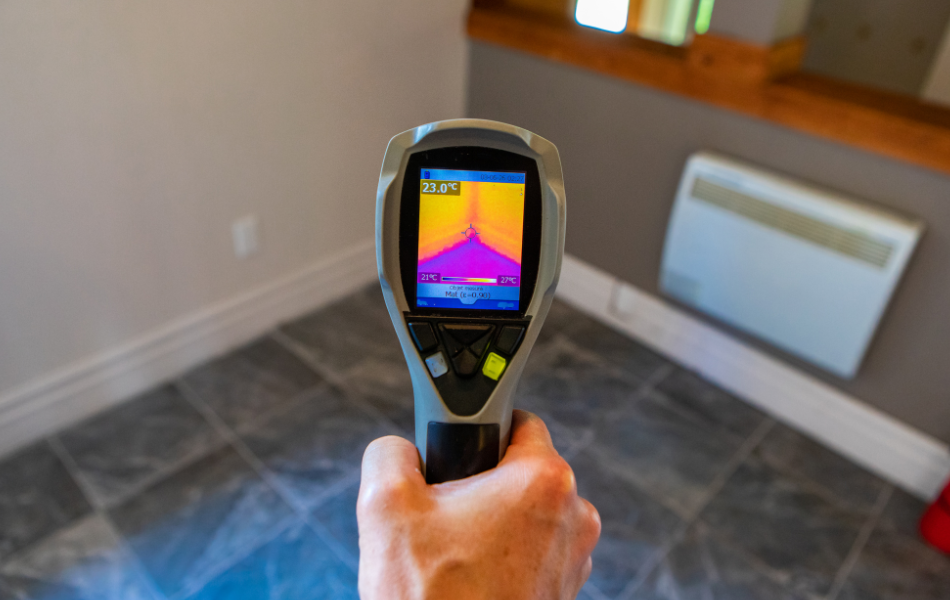Damp and mould information to RSH – Quick tips
To help social landlords reply to the Regulator of Social Housing’s letter by 19 December 2022 about how they are identifying and remedying damp and mould issues, the NHMF has published this Bulletin. Further Best Practice guidance is being developed.
 image source : Mould 600x300
image source : Mould 600x300
To help social landlords reply to the Regulator of Social Housing’s letter by 19 December 2022 about how they are identifying and remedying damp and mould issues, the NHMF has published this Bulletin. Further Best Practice guidance is being developed.
Q. Completing RSH damp & mould questionnaire – where to find the information?
A. Review what information you have so you can explain your approach to assessing the extent of damp and mould issues affecting your properties, such as:
- Latest stock condition survey – How recent is it? How did you identify any damp and mould issues?
- Repairs records – review to identify any damp and mould related work, previous surveys for damp and mould issues.
- Planned works – review records about previous work to address any damp and mould issues.
- Housing management records – resident complaints, requests for re-housing, frequency of reletting/void periods. Reports from staff and contractors after visiting properties. Use of Tenancy and Resident Liaison records to identify vulnerable residents and how to ensure they are not affected by damp and mould.
- Customer service records – damp and mould complaints, remedial action taken, requests for repairs.
- Fuel poverty policy – how do you identify properties most at risk? What action do you or will you take to reduce the risk of fuel poverty for such households?
- Sensors (where installed) monitoring internal environmental conditions.
Q. What action are you taking to remedy any issues and hazards?
A. Review repairs, planned maintenance and improvement records to identify and demonstrate any action taken to address them. Consider how to explain where you have not been able to address them such as residents refusing access. Explain how you are planning to address them. Consider any staff training or recruitment you have planned to improve your response to damp and mould issues. When considering and categorising hazards from damp and mould, the data relied upon for the risk assessment for damp, e.g., deaths, would very rarely result in a Category 1 hazard, unless there were other significant hazards in the property.
Q. How to explain and demonstrate that individual damp and mould cases are identified and dealt with promptly and effectively when raised by tenants and residents?
A. Review Customer service records to identify all damp and mould cases/complaints and what remedial action has been taken or is planned. How long did the process take from the case being reported and remedial work being completed? Explain if you monitored the property after the remedial work was completed to assess if it was successful in addressing the damp and mould issues. Should your complaints and response repair policies and procedures be revised to address damp and mould cases more promptly or effectively?
Q. Where can I find more information? The NHMF Best Practice website will be publishing additional guidance on damp and mould, energy cost crisis and reducing energy demand. These will include examples of what social landlords are doing to address damp and mould, as well as rising energy costs.


